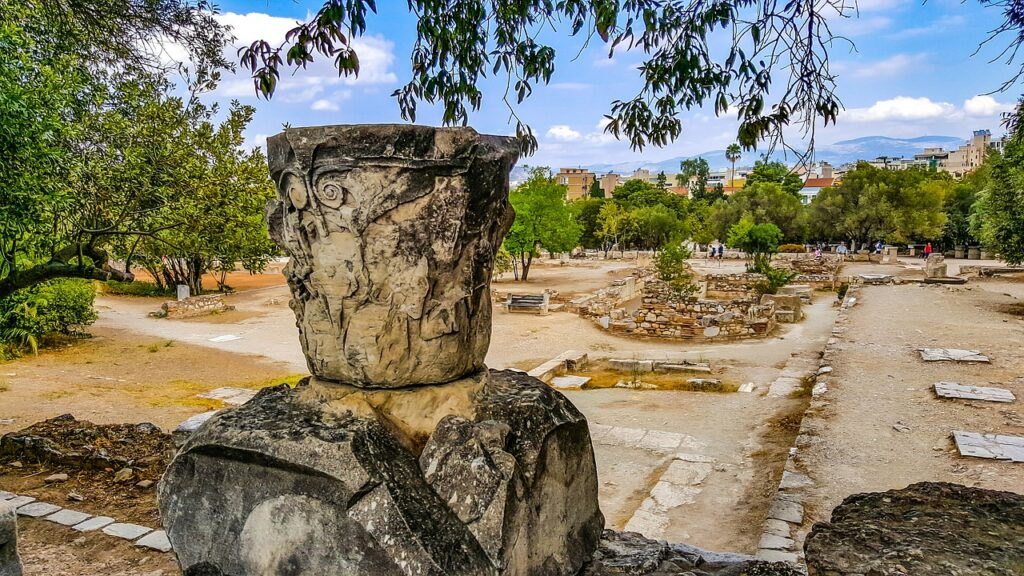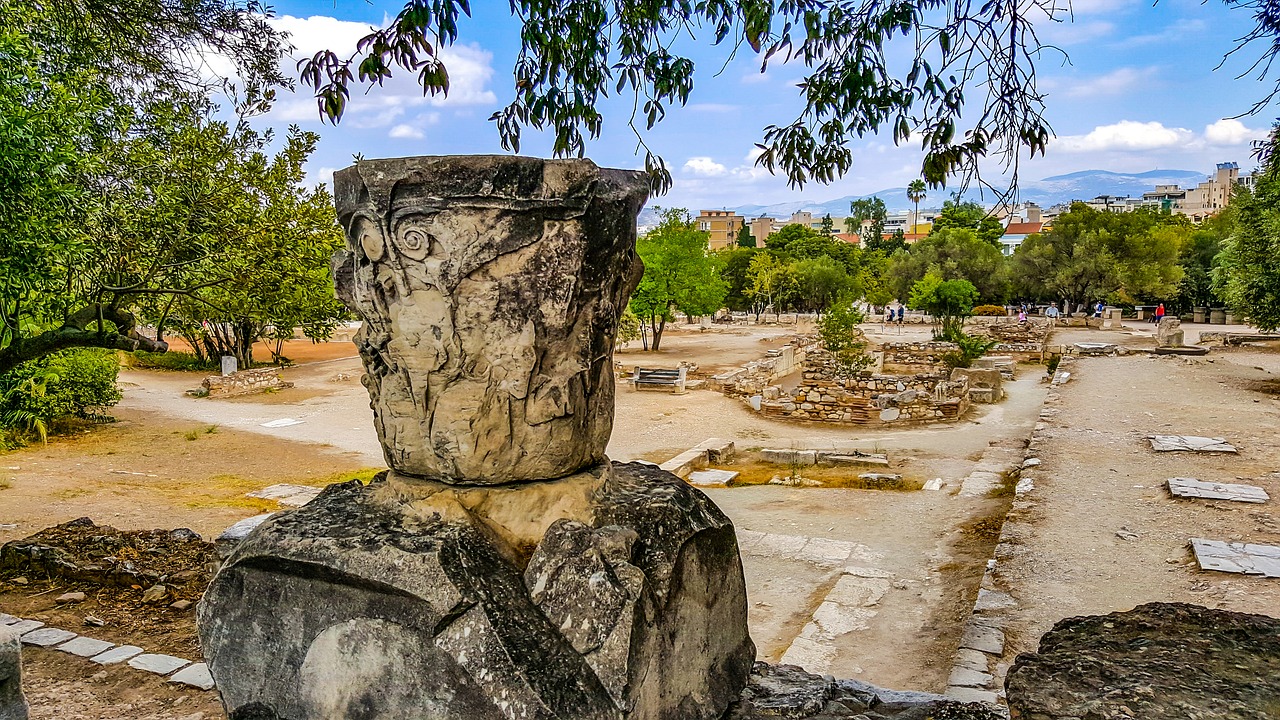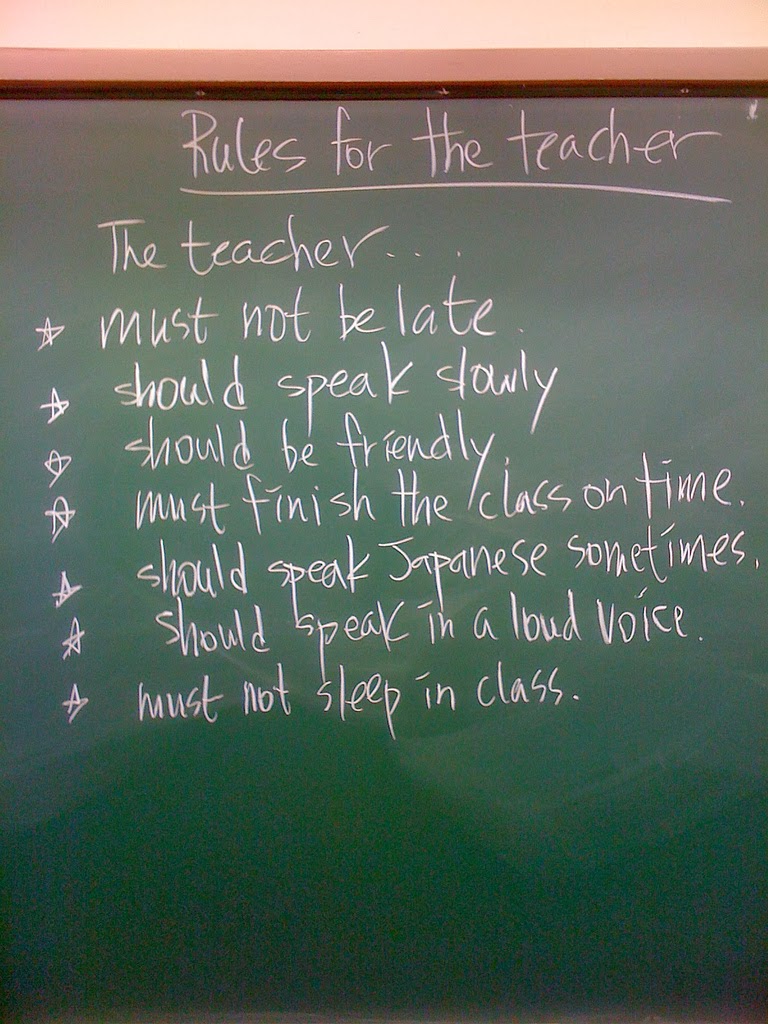You may have seen the study that showed most young people who attend church regularly are exposed to a total of only 20-30% of the Bible in Bible classes. That may be enough if they were being taught the Bible at home or reading it independently. Unfortunately, only the minority of Christian kids and teens are getting meaningful exposure to scripture outside of class and worship.

We need to be more intentional about exposing young people to a larger portion of the scriptures. There are some creative ways to slip additional scripture into standard Bible class lessons for kids and teens.
- Proverb of the week. At the beginning of each class, introduce the proverb of the week from the book of Proverbs. Try and choose the ones that are most practical or humorous in their imagery. Discuss briefly the meaning and application of the proverb. Send home or text the proverb to students. Encourage them to focus on memorizing and using it during the week. Regularly reviewing past proverbs will make it more likely they will move to the long term memories of students – ready for them to access when they need that wisdom.
- Attach Psalms to their corresponding Bible stories. Many of the Psalms were written about the time something happened – usually in the life of David. Psalms 3-5, for example, were written when David was fleeing from Absalom. When you teach a Bible story that has a corresponding Psalm, share it with students or send it home for them to read during the week. Teach them to put themselves in the shoes of the writer, having had the experience that influenced the Psalm. Would they have written the same things? Why or why not?
- Attach prophets and a few of their prophecies to the Kings they prophesied to about the future. (Note: Some prophecies were given to people other than rulers.) Young people are rarely exposed to the books of prophecy (other than Jonah and perhaps the story portion of Ezra and/or Nehemiah). To make it even more confusing, the Bible does not place the books of prophecy next to the stories that surrounded the prophecies. Grab a chronological Bible and whenever you teach a Bible story connected to a passage from a book of prophecy, teach students a little about the prophet, the summary of their prophecies and a key verse or two from that scripture.
- Connect the epistles to the stories in Acts. Many of the epistles were either written to a particular church mentioned in Acts or were thought to have been written about the time of an incident in Acts. When possible, teach students a little about the author, the epistle that connects to the people or story in Acts and the reasons the author sent that letter to those particular people. You may also want to introduce students to a key verse or two from that epistle.
- Play connect the scripture dots. After each Bible lesson, ask students for other scriptures to which the lesson might be connected. Young children will struggle with this, but upper elementary aged children and teens should be able to do this after some initial instruction. So, for example, if you are discussing Jonah, a student may point out that Jonah was in the belly of the fish for three days, like Jesus was in the tomb. Or perhaps they will notice a similarity between Jonah’s prophecies to the people of Nineveh and the prophecies of another prophet. This is also a great way to teach young people how to use Bible study aids.
If you are intentional, you can expose your Bible students to additional scriptures that will also help them grow spiritually. It will initially take a little extra time and effort on your part, but it’s worth it to give students a larger knowledge base and a greater understanding of scripture.




